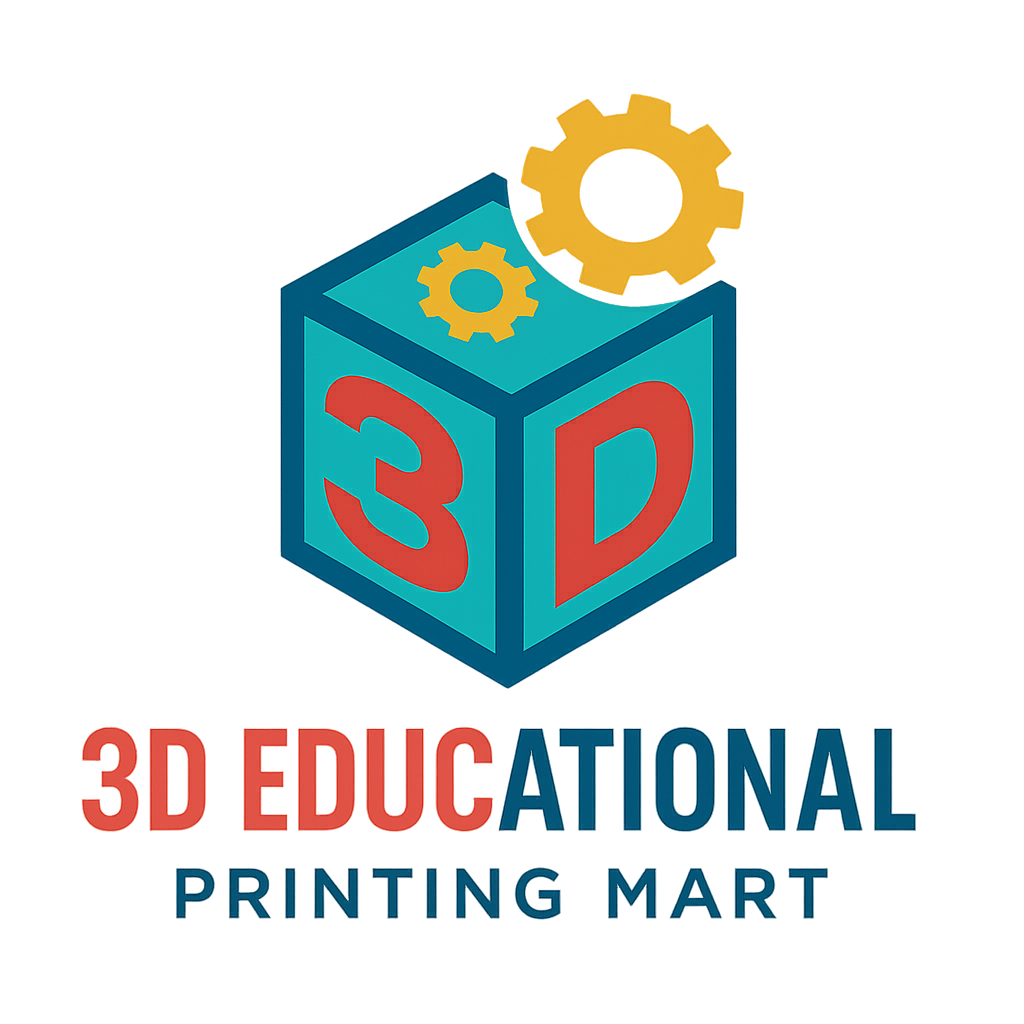3D-printed organ scaffolding is a key concept in regenerative medicine and bioprinting. Here’s a breakdown:
🔬 What It Is
A scaffold is a 3D structure designed to mimic the extracellular matrix (ECM) — the natural framework of proteins and fibers that support cells in tissues and organs. When made with 3D printing (also called 3D bioprinting), these scaffolds provide a template where living cells can attach, grow, and eventually form functional tissues or even whole organs.
🧩 How It Works
- Design – Scientists use medical imaging (like CT or MRI scans) to create a 3D model of the target organ or tissue.
- Material Choice – Biocompatible materials (biopolymers, hydrogels, or biodegradable plastics) are chosen. Sometimes they are seeded with growth factors or proteins.
- 3D Printing – A specialized bioprinter prints the scaffold layer by layer, replicating complex organ structures such as blood vessel networks or alveoli in lungs.
- Cell Seeding – Stem cells or patient-derived cells are introduced onto the scaffold so they can proliferate and differentiate.
- Growth & Maturation – The scaffold supports cells as they grow, and over time, it may degrade naturally, leaving only living tissue behind.
⚙️ Types of Materials Used
- Natural polymers: collagen, gelatin, alginate, chitosan
- Synthetic polymers: PLGA, PCL, PEG
- Hydrogels: soft, water-rich materials that mimic tissue elasticity
🩺 Applications
- Organ repair/regeneration: e.g., liver, kidney, heart, lungs.
- Tissue engineering: skin grafts, bone repair, cartilage replacement.
- Drug testing: organ-on-a-chip models to test pharmaceuticals safely.
- Transplant alternatives: reducing dependency on donor organs.
🚧 Challenges
- Vascularization: creating working blood vessels inside scaffolds is difficult but essential for organ survival.
- Immune response: ensuring the scaffold is accepted by the body.
- Scaling up: printing small tissues is feasible, but whole, functional organs remain experimental.
👉 In short: 3D-printed organ scaffolding acts as the framework for building living tissues and potentially full replacement organs, combining bioengineering, materials science, and medicine.
Would you like me to give you real-world examples of companies and labs that are currently developing 3D printed organ scaffolds?
